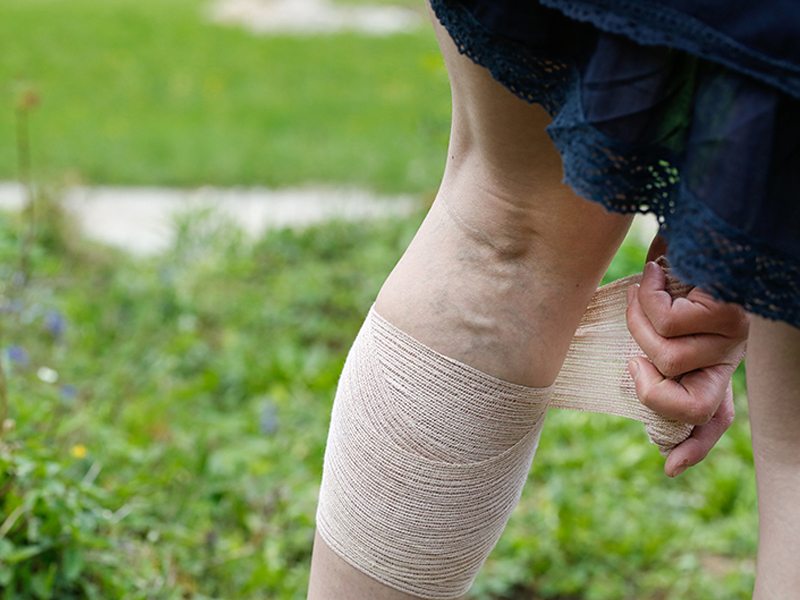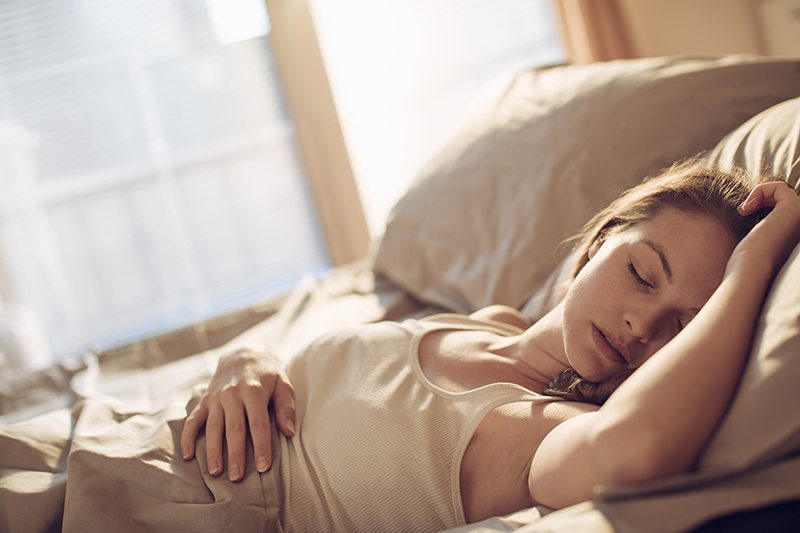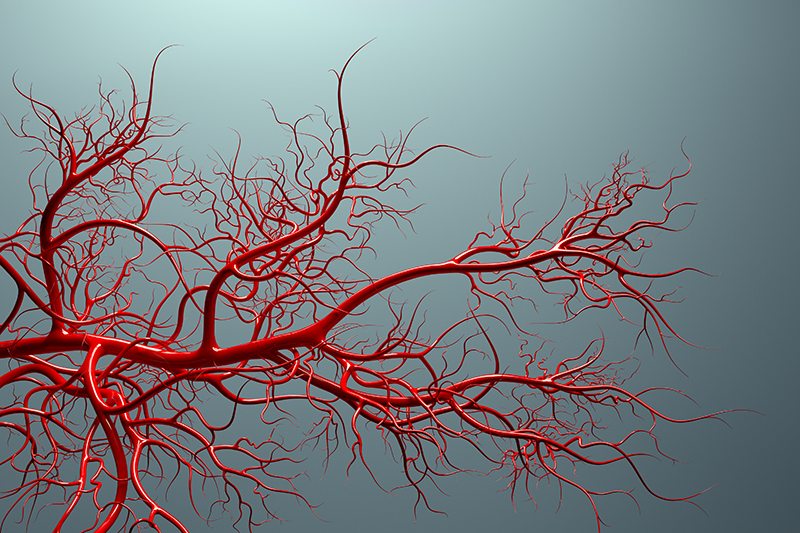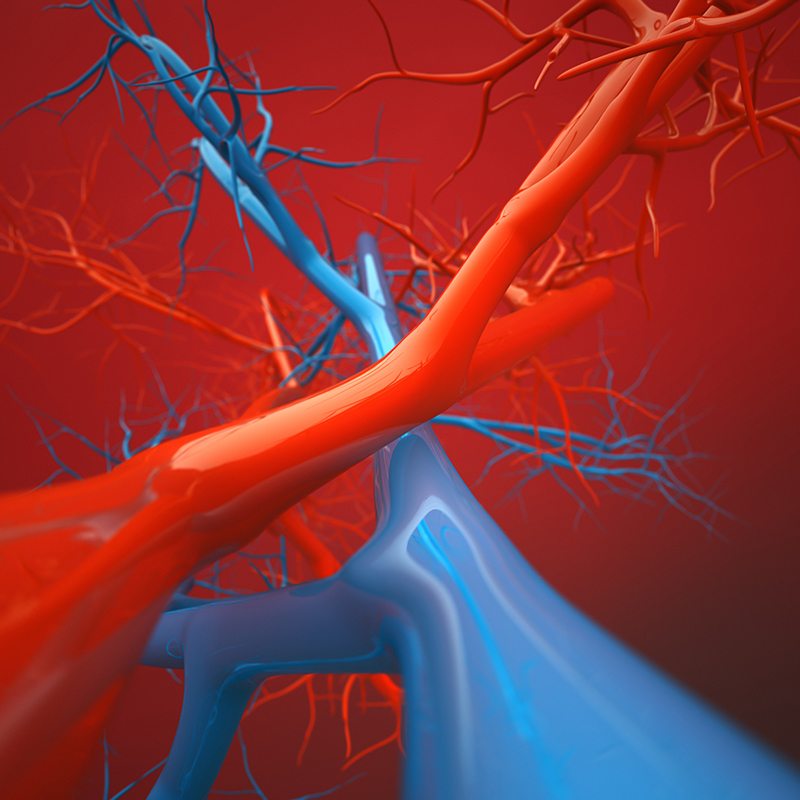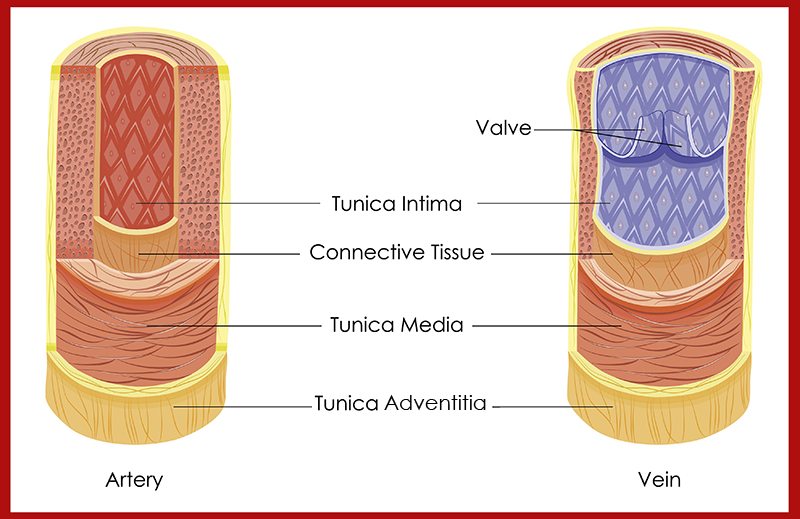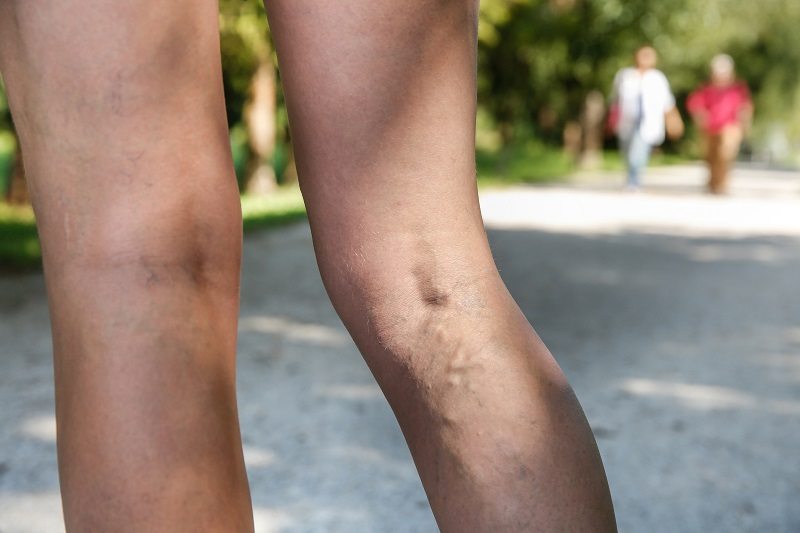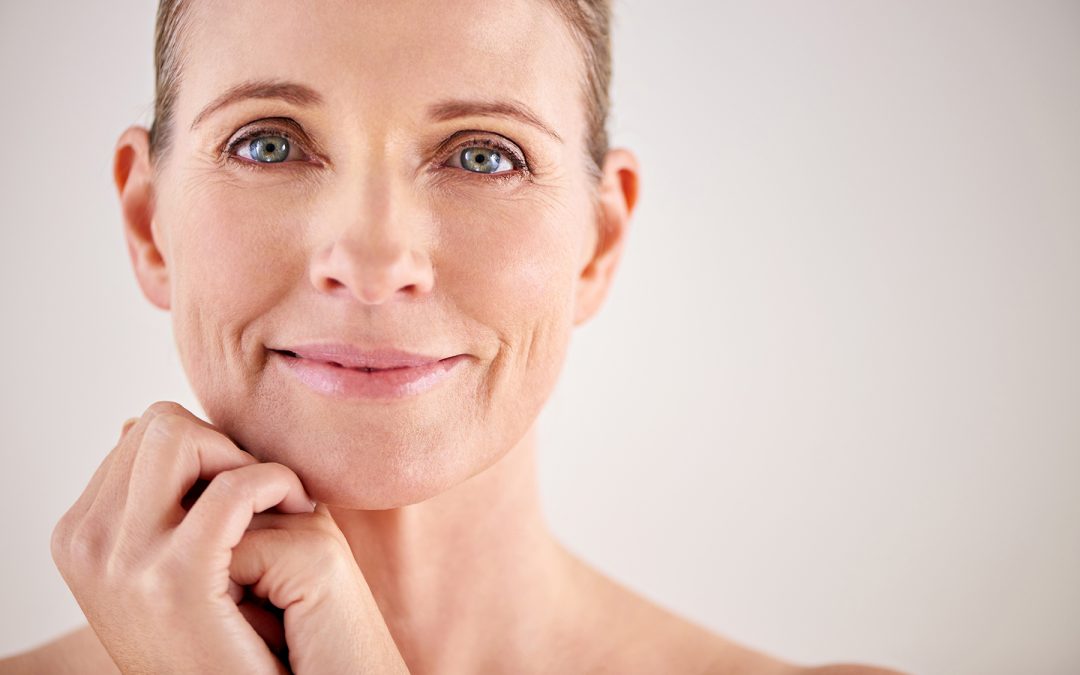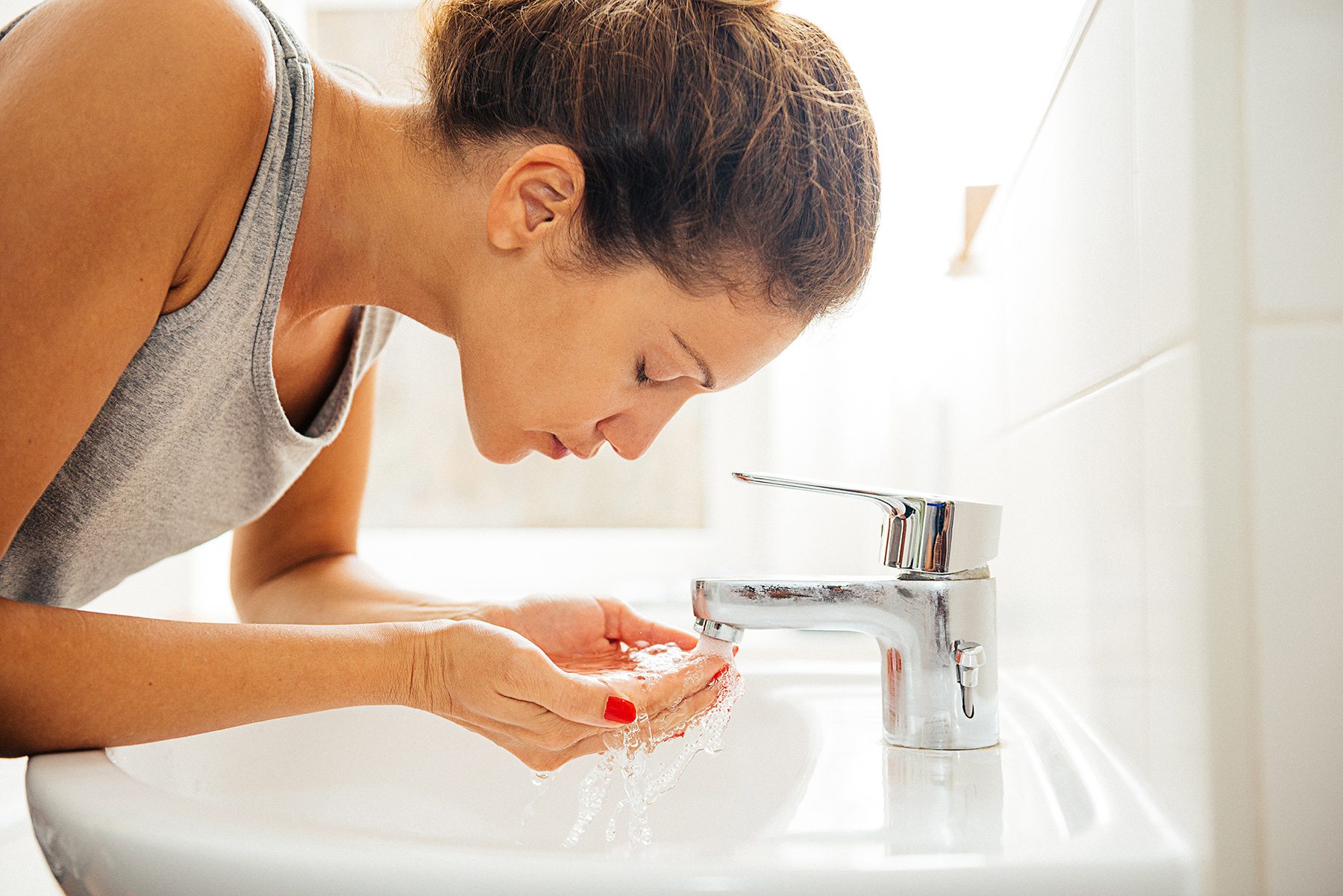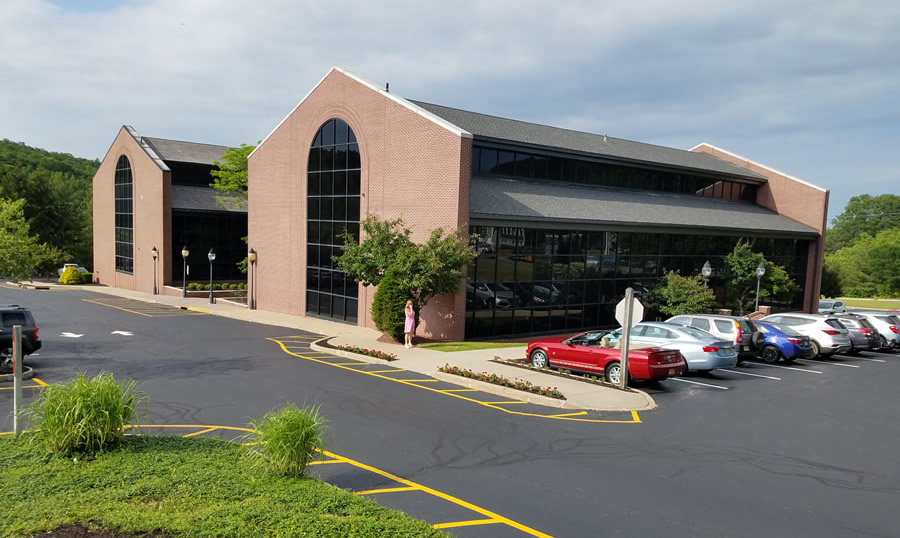
Are You at Risk for Varicose Veins?
Are you more susceptible to developing varicose veins? Are you at risk for varicose veins? There are many factors that may be putting you at risk for the development of these sometimes large and tunnel-like blood vessels.
Are you overweight?
The added weight on your legs also means more pressure on your veins.
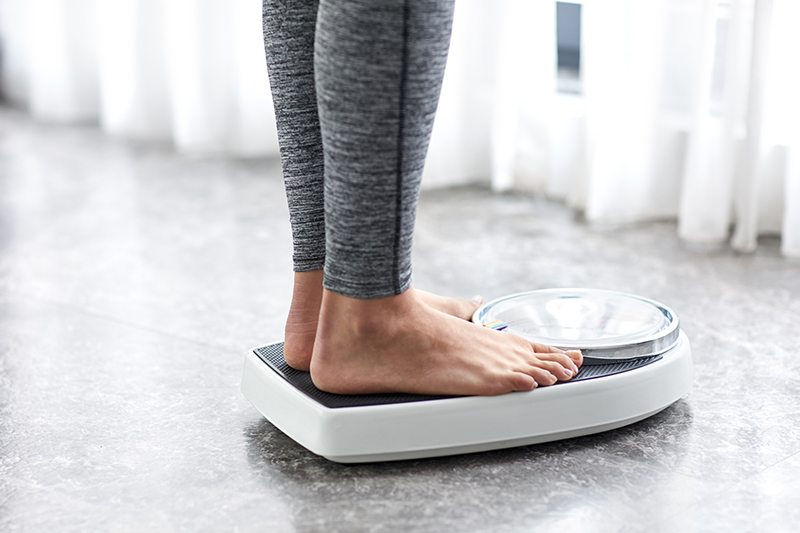
How old are you? Is there a family history?

Is your job cramping your style? Are you experiencing hormonal changes?

Staying in the same position for hours can put a lot of pressure on the veins of your legs, making you more prone to varicose veins.
Are you doomed to have varicose veins?
Not necessarily. There are many ways to reduce your risk.
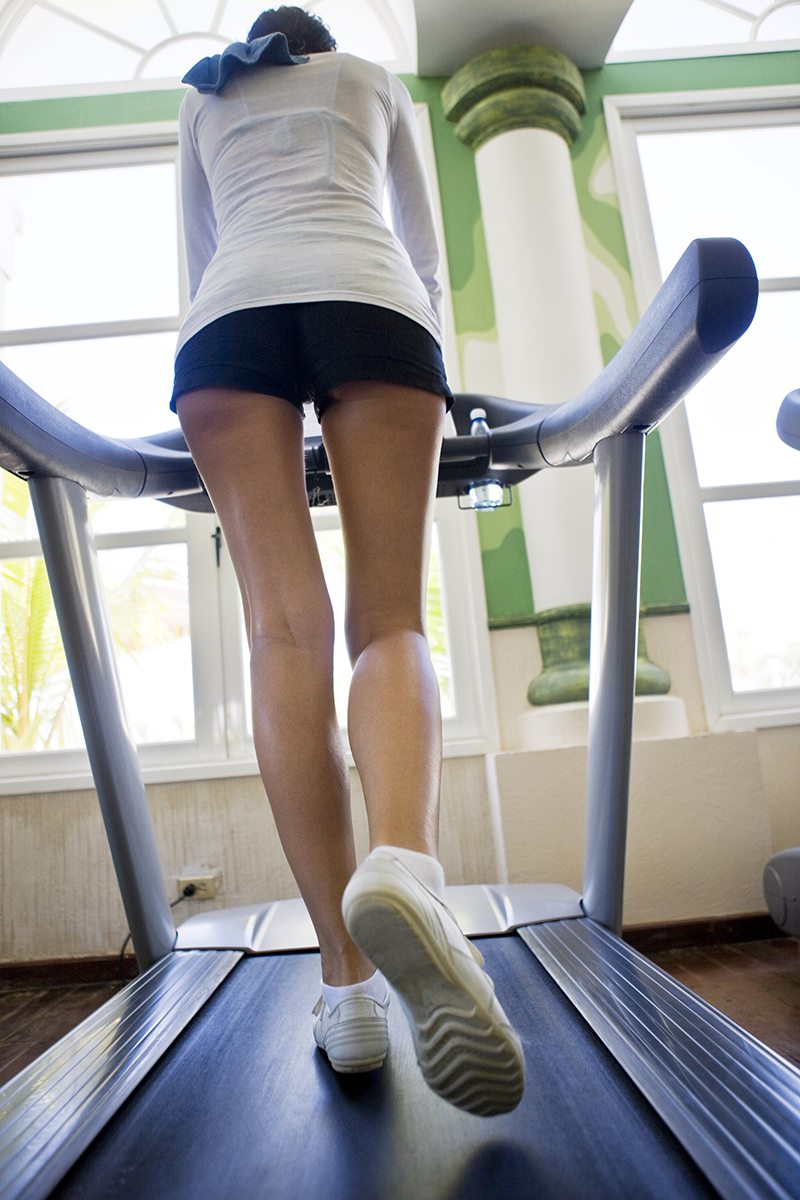
- Stay active whenever possible. Going for a quick walk during a lunch break can go a long way in reducing your chances of developing varicose veins.
- Compression is your friend. Compression socks, stockings or bandages can help to alleviate some of the stress on your legs and keep blood from pooling.
- Rest! While staying active is vital in maintaining vascular health, resting and elevation are just as important, especially if you work a job that requires you to stand for long periods of time.
